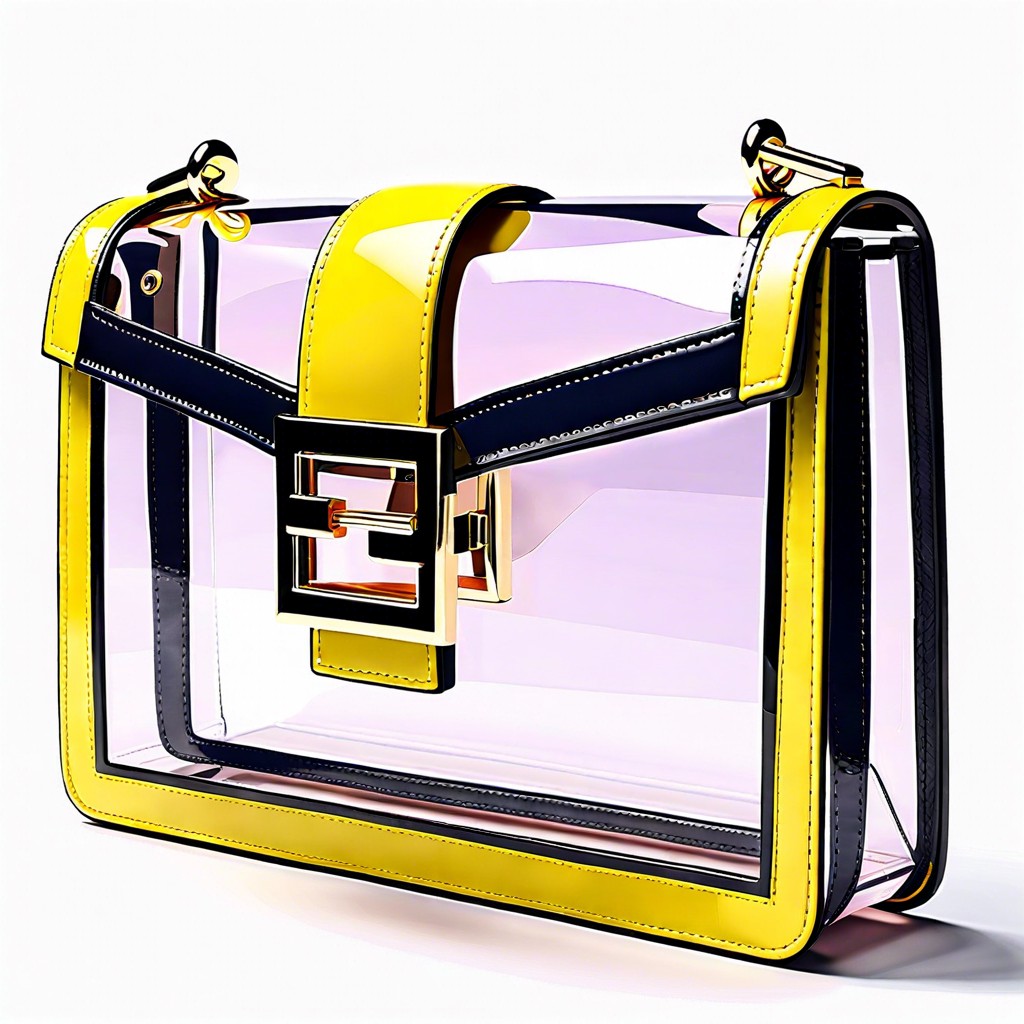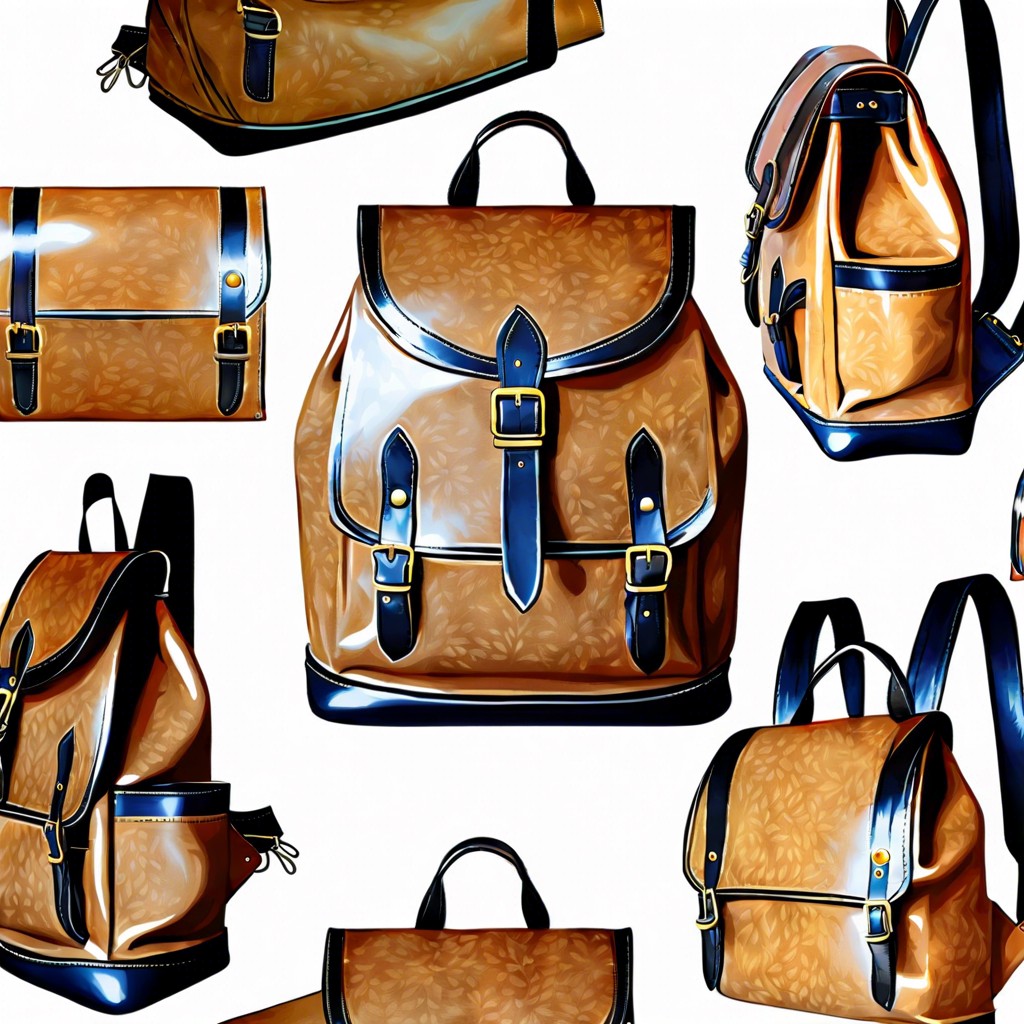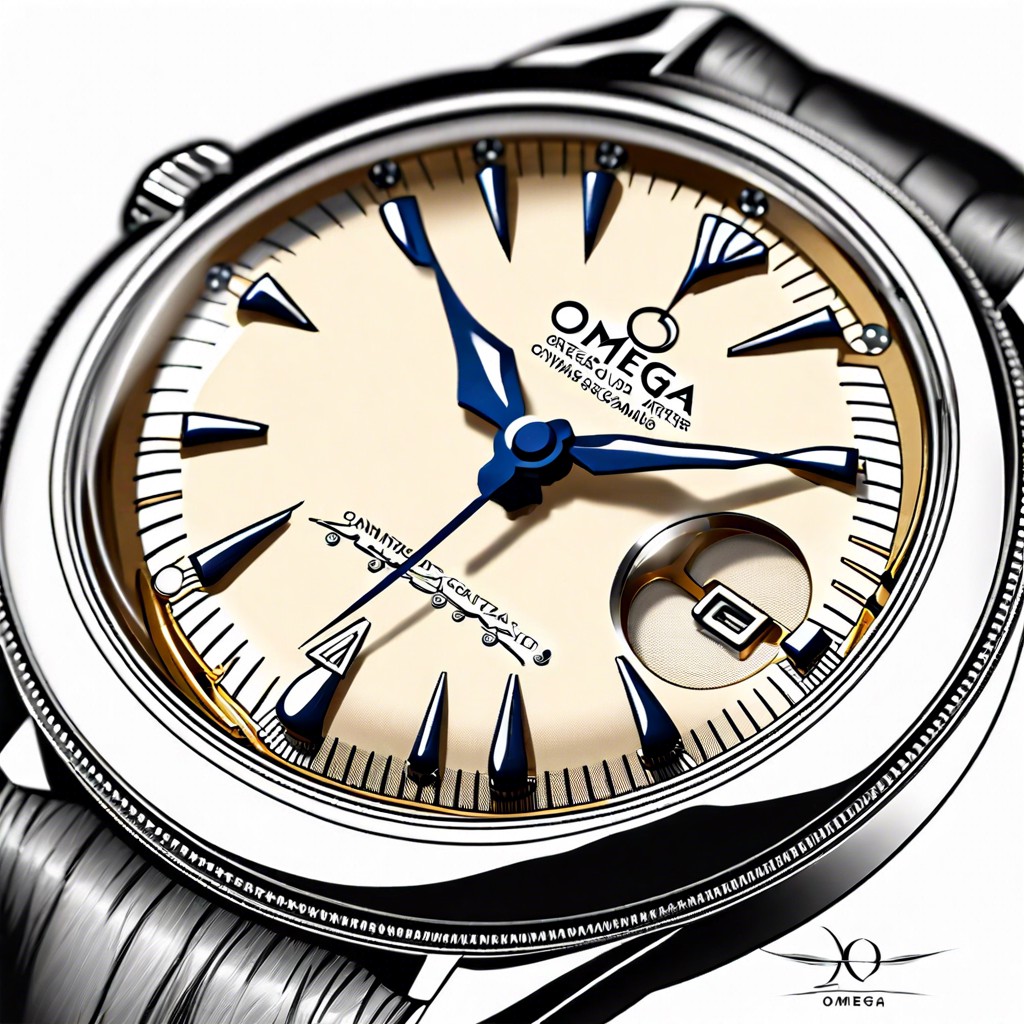Last updated on
Discover crucial tips for selecting and investing in vintage shoes to enhance your collection.
Key takeaways:
- Vintage shoes offer a glimpse into the past, reflecting their era’s fashion, culture, and technology.
- Vintage footwear is historically significant, providing insight into societal values and technological advancements.
- Different shoe styles were popular in each decade, reflecting the trends and aesthetics of the time.
- Authenticating vintage shoes involves examining materials, construction, branding, and historical context.
- Historical events, such as world wars and economic conditions, influenced shoe designs and materials.
Understanding Vintage Shoes
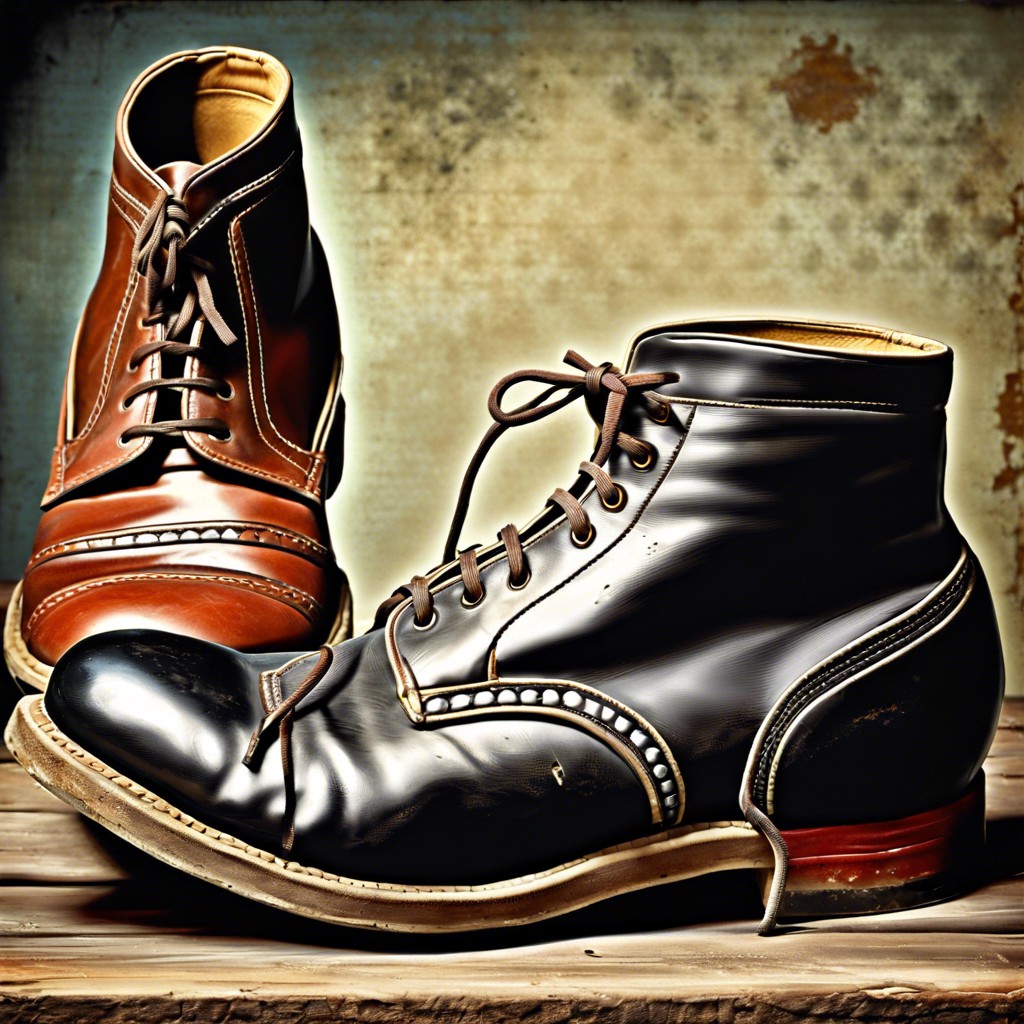
Vintage shoes offer a window into the past, reflecting the fashion, culture, and technology of their era. To understand them, consider their materials and construction—leather and canvas were common, with meticulous craftsmanship before mass production became the norm. The design is often indicative of the period’s aesthetic; for example, the ornate detailing of the Victorian era versus the sleek lines of the Art Deco movement. Condition is also telling, as age and storage conditions affect the shoe’s preservation. Lastly, originality matters—shoes with original components like laces or soles are more authentic to their time. Each aspect helps enthusiasts discern the shoes’ historical context and value.
Historical Significance of Vintage Footwear
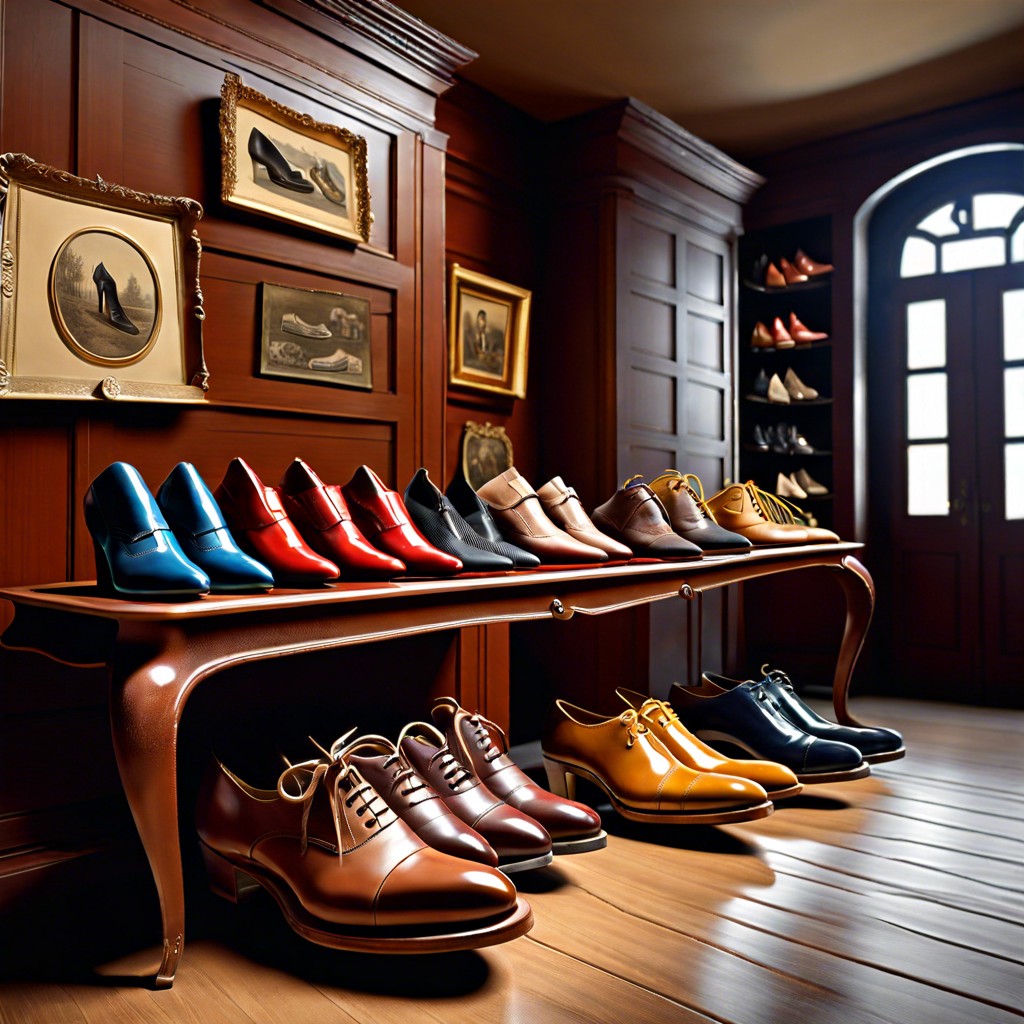
Vintage shoes offer a tangible connection to the past, reflecting societal values, economic conditions, and aesthetic principles of their time. They can be seen as cultural artifacts, highlighting the evolution of fashion and function across different eras. The materials used, craftsmanship, and wear patterns provide insight into the manufacturing technologies and consumer habits of bygone periods. Collectors and historians study these aspects to gain a deeper understanding of historical contexts. Vintage footwear can sometimes symbolize social status or affiliation with certain movements, exemplified by the opulent designs of the roaring twenties or the practical, austere styles of the wartime 1940s. They also mark technological advancements in shoe-making, such as the introduction of vulcanized rubber soles or the transition from hand-stitching to machine-sewn techniques.
Popular Vintage Shoe Styles By Decade
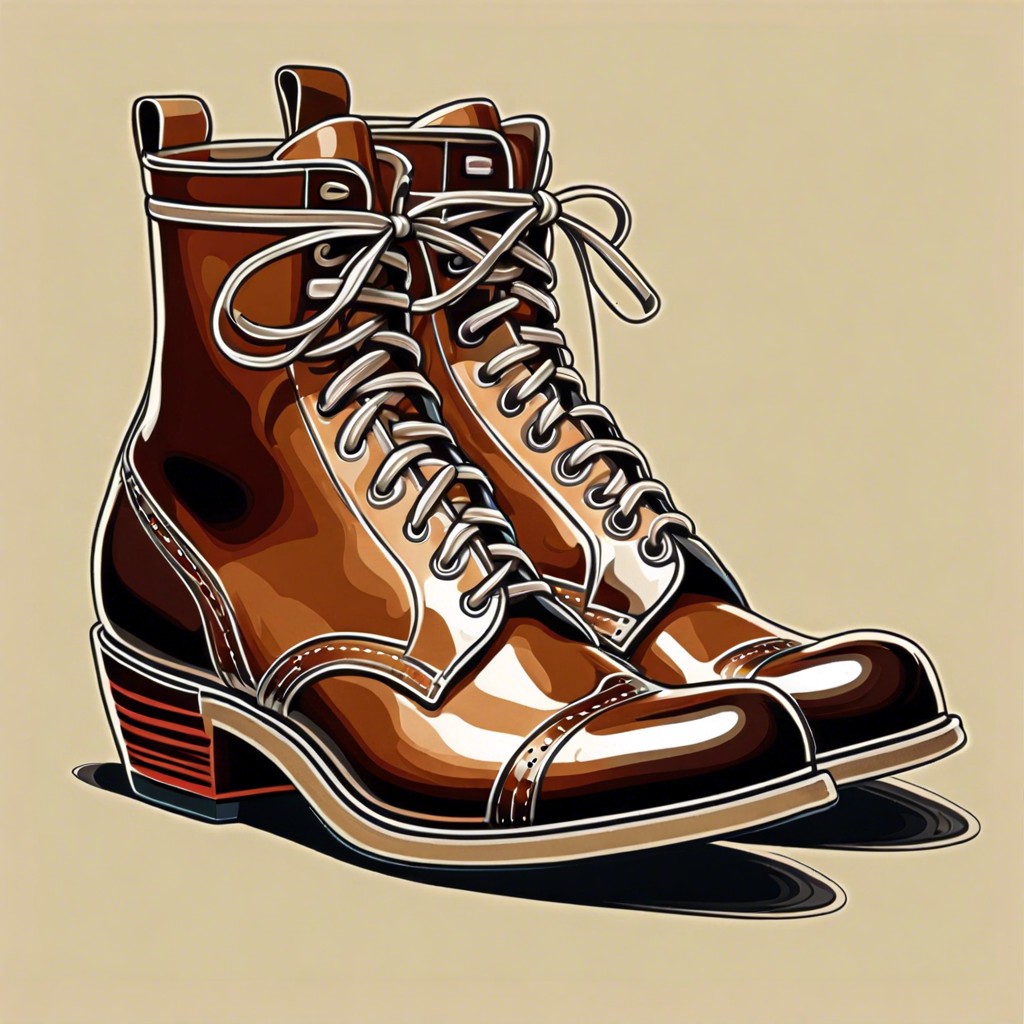
The 1920s echoed the carefree spirit of the Jazz Age with T-straps and Mary Janes, marked by low heels and decorative buckles to complement the flapper dresses popular at the time.
The 1930s introduced more comfort with wider heels and oxfords for both sexes; the emergence of beach pajamas prompted the creation of casual espadrille sandals.
Wartime in the 1940s saw the rise of practicality with sturdy, chunky heels and wedges, as materials for footwear were scarce and women’s roles in society shifted due to the war effort.
The 1950s brought a wave of femininity and glamour back into fashion, with pointed stilettos and kitten heels favored by Hollywood icons like Marilyn Monroe, representing luxury and style.
The colorful 1960s showcased a focus on youth culture with go-go boots, loafers, and Mod-inspired flat boots taking center stage as symbols of the era’s radical fashion shifts.
Platform shoes defined much of the 1970s, with their thick soles found on boots, sandals, and disco shoes, embodying the decadent and bold aesthetic of the decade.
In the 1980s, fashion footwear was influenced by pop culture, including athletic sneakers made famous by the rise of the fitness craze and the prominence of TV and music stars.
The 1990s saw a return to grunge with combat boots and simplistic slip-on sandals, reflecting the decade’s embrace of alternative music and laid-back fashion sensibilities.
How to Authenticate Vintage Shoes
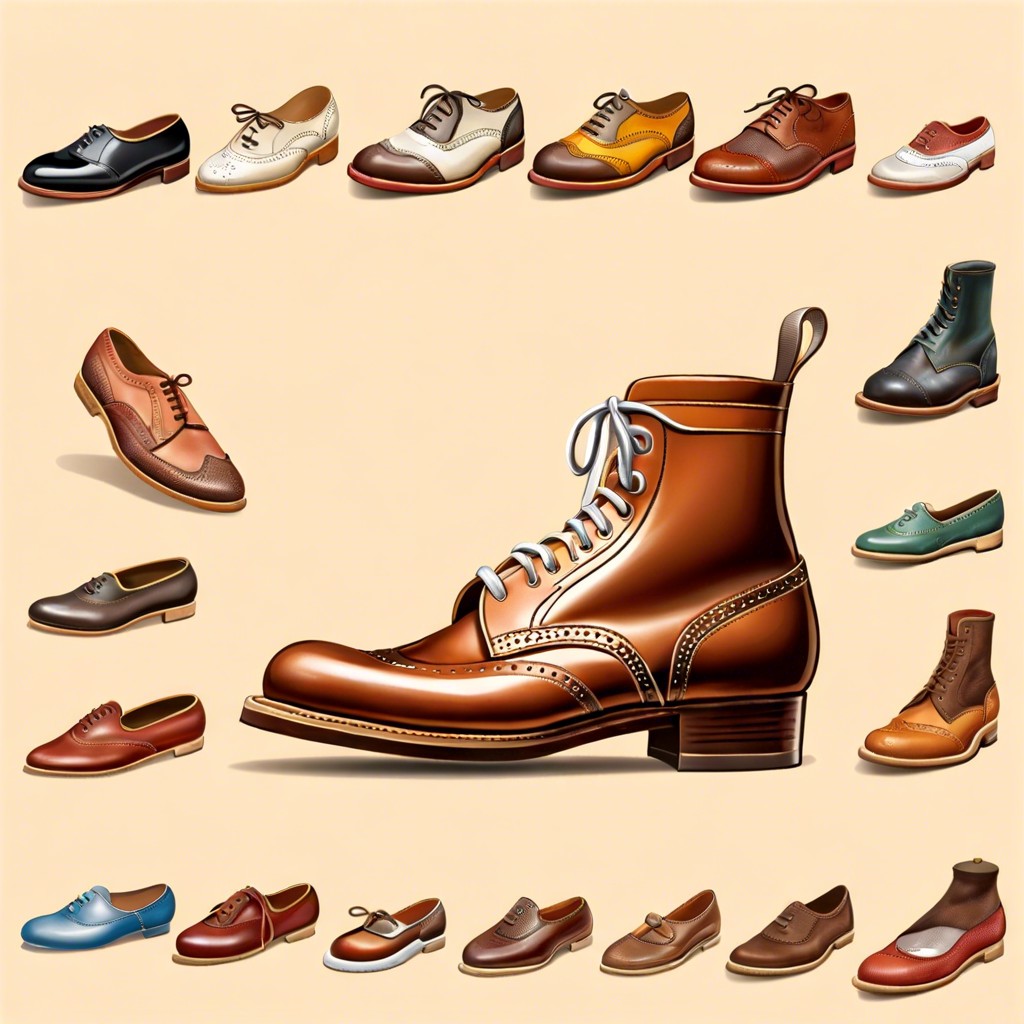
Examine the materials used, as authentic vintage shoes often feature natural fabrics and genuine leather, distinguishing them from modern synthetic materials. Check the wear and patina on the shoes; genuine vintage will show consistent aging rather than artificial distressing.
Observe the construction quality, where hand-stitching and nailed construction, instead of glue, may indicate an older shoe. Consider the branding and labels, as logos, fonts, and designs have evolved over time; earlier products often had simpler, less stylized branding.
Research the manufacturer and style to understand the historical context of the shoe’s design, construction, and materials. Consult vintage fashion resources, forums, and experts for comparative analysis and validation.
Investigate the shoe size marking, since sizing systems have changed over decades, and vintage shoes may have different sizing standards. Look for signs of historical repair techniques, which can further indicate the shoe’s age and authenticity.
The Influence of Historical Events On Shoe Design

World wars had a profound impact on materials and functionality, leading to practical designs and austerity in shoe production. Post-war periods, conversely, often ushered in indulgent styles as a response to previous restrictions.
The 1920s economic prosperity introduced decorative flapper shoes, reflecting the era’s cultural liberation. Conversely, the Great Depression saw a return to sturdy, simple footwear due to economic hardships.
During the 1960s, rising youth culture and the push for gender equality popularized unisex styles, such as sneakers. The era’s quest for expression and non-conformity also propelled the creation of statement shoes with vibrant patterns and unusual shapes.
Technological advancements have also shaped footwear, with the development of synthetic materials and mass production techniques during the 20th century altering not just the construction but also the accessibility of shoes to a wider audience.

